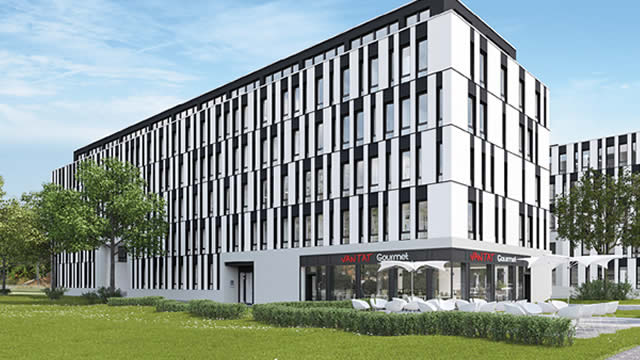Retail Bankruptcies: A Double-Edged Sword for REITs
In the ever-evolving world of real estate, retail bankruptcies have become a recurring theme. While these events may initially seem detrimental, they present unique opportunities for Real Estate Investment Trusts (REITs) specializing in shopping centers. This dynamic interplay between retail insolvencies and REITs’ growth is shaped by several factors.
High Demand and Low Supply
The retail industry has witnessed an unprecedented wave of bankruptcies, leaving a trail of vacant storefronts in shopping malls and strip centers. Concurrently, consumer spending on retail goods remains robust, leading to a high demand for retail space. However, the supply of available retail space is relatively low due to the bankruptcy filings. This imbalance has created a market where landlords hold significant leverage.
Re-Leasing Space at Higher Rates
When a retailer files for bankruptcy, their leases become liabilities for the REITs. However, these leases can also be viewed as assets. REITs can re-lease the vacated space to new tenants at market rates, which are often higher than the original lease terms. This strategy not only enhances revenue but also allows REITs to maintain occupancy levels.
Strong Demand Shifts Negotiations
The power dynamics in retail leasing negotiations have shifted dramatically. With strong demand for retail space, landlords have the upper hand. This has led to increased occupancy and lease rates, which in turn attracts higher quality tenants. These tenants can offer better credit ratings and longer lease terms, providing a more stable source of income for REITs.
Impact on Individuals
For individuals, the ongoing trend of retail bankruptcies and the resulting demand for retail space may lead to a few notable changes. First, consumers may observe higher rental costs for their favorite retailers as landlords capitalize on the market conditions. Additionally, consumers may witness an improved shopping experience with more desirable tenants occupying prime retail locations.
Impact on the World
On a larger scale, the intersection of retail bankruptcies and REITs’ growth can influence the global economy in several ways. A more stable retail sector can lead to increased economic activity and job creation. Furthermore, the growth of REITs in the retail space can attract more institutional investment, fueling further expansion and development.
Conclusion
Retail bankruptcies, while seemingly disruptive, present a unique opportunity for REITs to capitalize on the high demand for retail space and the resulting market dynamics. This symbiotic relationship between retail insolvencies and REITs can lead to increased revenue, improved tenant quality, and a more stable retail sector. Ultimately, this benefits consumers, investors, and the economy at large.
- Retail bankruptcies create vacancies, but also present opportunities for REITs.
- High demand for retail space and low supply favor landlords.
- Re-leasing vacated space at higher rates enhances REIT revenue.
- Strong demand shifts negotiations in favor of landlords, improving tenant quality.
- Individuals may see higher rental costs and improved shopping experiences.
- Global impact includes increased economic activity and job creation.





